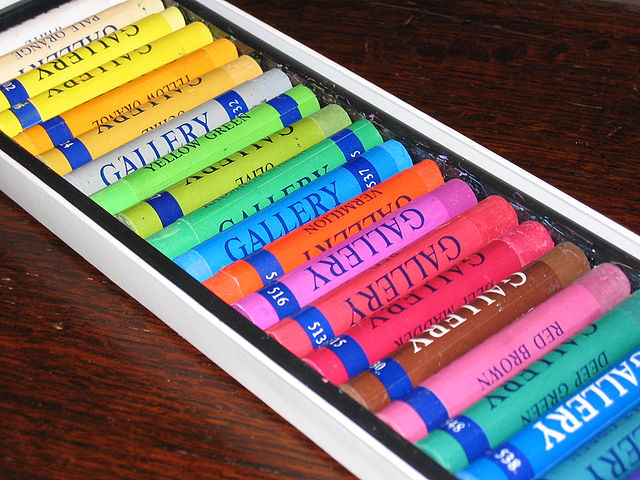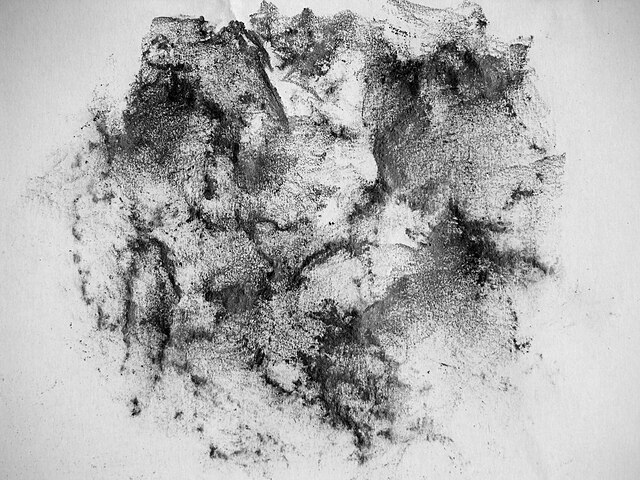Impasto is a technique used in painting, where paint is laid on an area of the surface thickly, usually thick enough that the brush or painting-knife strokes are visible. Paint can also be mixed right on the canvas. When dry, impasto provides texture; the paint appears to be coming out of the canvas.
Still Life: Vase with Pink Roses (1890) is an oil painting by Van Gogh which makes extensive use of the impasto technique.
Crags and Crevices by Jane Frank (1960). As with many abstract expressionist works (and many so-called "action paintings" as well), impasto is a prominent feature.
Taos Mountain, Trail Home by Cordelia Wilson (1920). A landscape entirely executed with a bold impasto technique.
Starry Night by van Gogh (1889). The impasto technique and line structure gives his viewers the feeling that the sky is moving.
A pastel is an art medium that consist of powdered pigment and a binder. It can exist in a variety of forms, including a stick, a square, a pebble, or a pan of color, though other forms are possible. The pigments used in pastels are similar to those used to produce some other colored visual arts media, such as oil paints; the binder is of a neutral hue and low saturation. The color effect of pastels is closer to the natural dry pigments than that of any other process.
Leon Dabo, Flowers in a Green Vase, c. 1910s, pastel
Commercial oil pastels
Scenery painter in Schlosspark Charlottenburg, Berlin
A pastel frottage created by rubbing pastel on paper laid over stone








